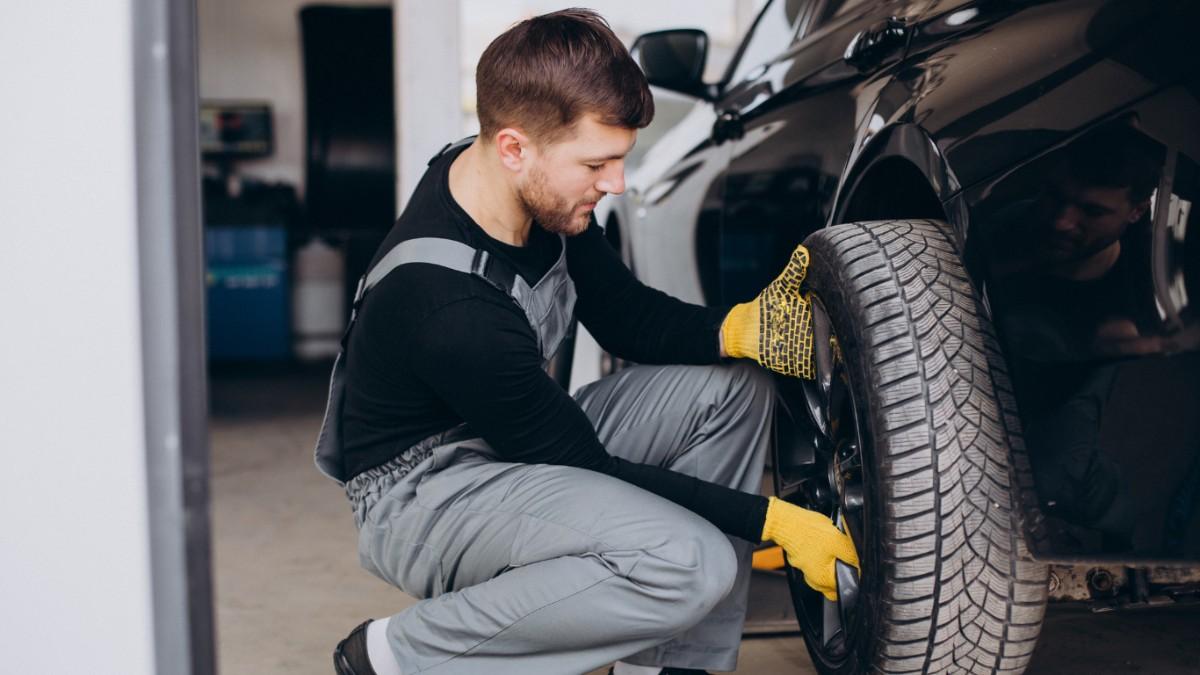Tyres
Tyre Repair vs Replacement: How to Know Which You Need

Your tyres are your car’s only point of contact with the road, which makes their condition crucial for your safety and driving comfort. Whether you've hit a pothole or noticed a slow leak, knowing whether your tyre can be repaired or needs to be replaced isn’t always obvious.
This guide will help you determine the right choice based on the type, location, and extent of the damage.
When Tyre Repair Is a Safe Option
Tyre repair can be a cost-effective solution — but only under specific conditions. Here's when repair is usually possible:
Punctures within the Tread Area
If the puncture is less than 6mm in diameter and located in the central tread area, a professional repair is typically safe.
Minimal Damage
If the damage hasn't caused sidewall bulging, exposed cords, or internal damage, it's usually safe to repair.
First-Time Damage
If it's the first time the tyre has been punctured and it's not a recurring issue, repair is often suitable.
Plenty of Tread Left
If the tyre still has significant tread depth (at least 1.6mm across the surface), it may be worth repairing.
When Tyre Replacement Is Necessary
Sometimes, replacement is the only safe and viable option.
Sidewall or Shoulder Damage
Punctures or cracks in the sidewall or shoulder area of the tyre cannot be repaired due to the risk of blowouts.
Large or Irregular Punctures
If the hole is larger than 6mm or oddly shaped, the tyre’s structural integrity is compromised and replacement is advised.
Run-Flat Damage
If you’ve driven on a flat run-flat tyre for too long, internal damage may not be visible but still dangerous. Most experts recommend replacement.
Worn-Out Tread
Tyres with tread worn below legal limits (1.6mm in Australia) are unsafe and must be replaced, even if the puncture is repairable.
Multiple Repairs
If a tyre has been patched multiple times, it may no longer be structurally sound. In such cases, replacement is safer.
Factors to Consider Before Deciding
-
Cost: Repair is cheaper, but not if it compromises safety.
-
Tyre Age: If the tyre is over 5-6 years old, replacement is often a better long-term solution.
-
Vehicle Usage: For high-speed or long-distance driving, newer tyres provide better peace of mind.
Final Thoughts
Understanding whether to repair or replace a tyre depends on assessing the damage, safety considerations, and long-term costs. When in doubt, it’s best to consult tyre experts.
At GripGo Tyres, our technicians can inspect your tyre, advise on the best solution, and get you safely back on the road — fast. Whether it’s a quick fix or a full replacement, we’re here to help with honest advice and professional service.

